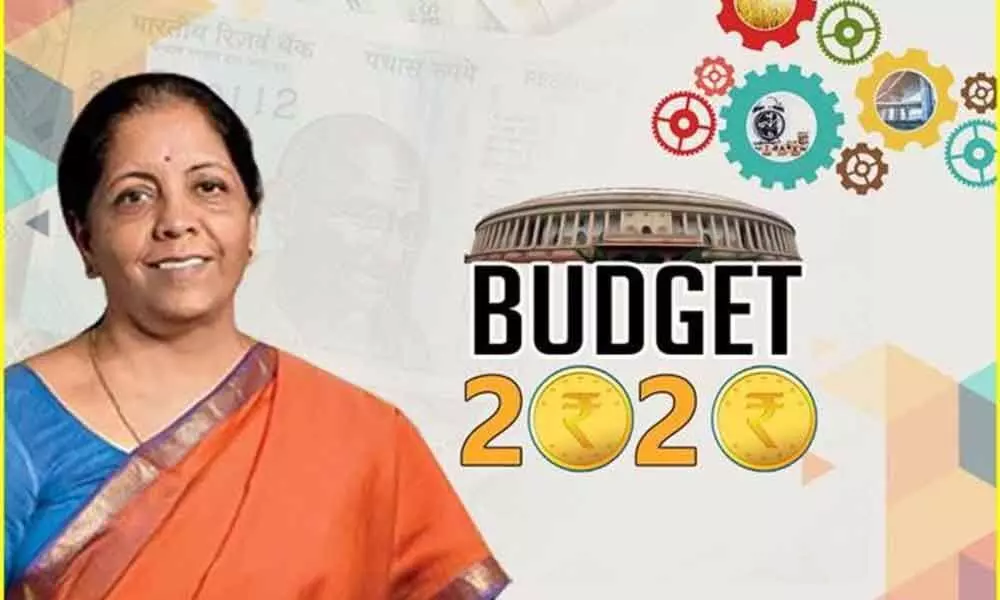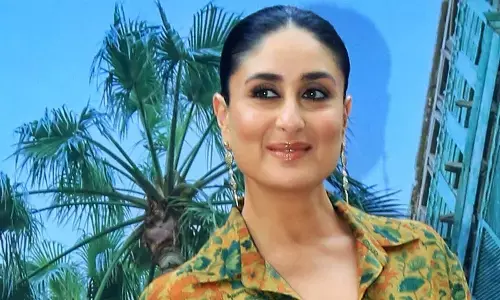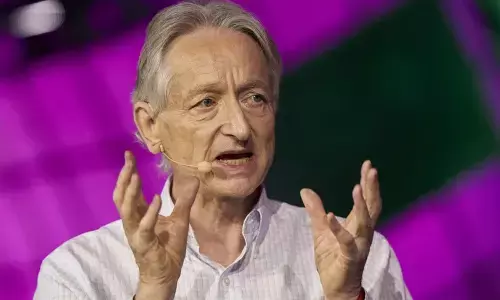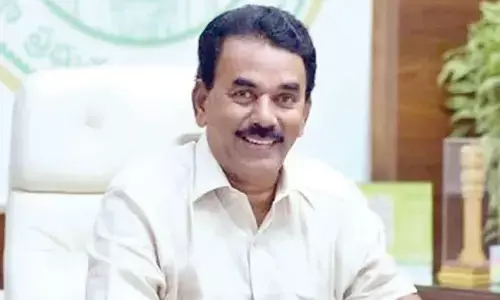Budget 2020-21: Know the ABCD of Budget; it will help in understanding it better

Union Finance Minister Nirmala Sitharaman will present her second Union Budget and first full-budget of the year on February 1, 2020.
Union Finance Minister Nirmala Sitharaman will present her second Union Budget and first full-budget of the year on February 1, 2020. The economic survey 2019-20 will be presented tomorrow in the Parliament.
So, today is the right time to know something about certain financial terms like Finance Bill, Fiscal Policy of India and Expenditure Budget among others that is essential to understand the survey and budget. Here are some terms:
Budget: It is a financial plan for a defined period, often one year and it is the sum of money that is allocated for a particular purpose and the summary of intended expenditures along with proposals for how to meet. It may include a budget surplus, providing money for use at a future time, or a deficit in which expenses exceed income.
It may also include planned sales volumes and revenues, costs and expenses, resource quantities, assets, liabilities and cash flows. Companies, governments, families and other organizations use it to express strategic plans of activities or events in measurable terms.
Budget Expenditure: It provides complete information about the total expenditure of the Union Government in a financial year. It is broadly classified into two categories namely capital expenditure and revenue expenditure. Capital expenditure results in the creation of a physical asset or investment. Revenue expenditure comprises operational expenses like pensions, payment of wages, subsidies and interest.
Gross Budgetary Support: It is the government's support to the central plan and it forms the annual expenditure of the government. It is incurred keeping the objectives of 5-year plans in mind. It is earmarked for meeting the planned outlays of the government during the financial year. Plan outlays are incurred for the development of heterogeneous sectors like rural areas, irrigation, flood control, agriculture and allied activities, industry and minerals, energy, transport, science and technology, communications and social services.
Finance Bill: It has been defined as a Money Bill in the Article 110 of the Constitution of India and it is a part of the Union Budget and lays down all the legal amendments required for the changes in taxation proposed by the Finance Minister. It is accompanied by a memorandum that contains explanations of the provisions included in it. It can be introduced only in the Lok Sabha, however, amendments in the Bill can be advised by the Rajya Sabha as well. The Bill has to be passed by the Parliament within 75 days of its introduction. Post the Lok Sabha's approval, the Finance Bill becomes Finance Act.
Fiscal Deficit: It is a difference between the total revenue and total expenditure of the government. It indicates the total borrowings that are needed by the government. Borrowings are not calculated while calculating the total revenue. Gross fiscal deficit (GFD) is the excess of total expenditure and it includes non-debt capital receipts and loans net of recovery over revenue receipts (including external grants). The net fiscal deficit is the gross fiscal deficit less net lending of the Central government.
Fiscal deficit, generally, occurs either due to revenue deficit or a major hike in the capital expenditure, which is incurred to create long-term assets like infrastructure and other developments. This deficit is financed through borrowings either from the Reserve Bank of India or by raising money from capital markets by issuing different instruments like treasury bills and bonds.
PM @narendramodi chairs All Party Meeting ahead of the Budget session of Parliament. pic.twitter.com/p4oF79x3qF
— PIB India (@PIB_India) January 30, 2020
Service tax: It is categorized under the indirect tax and is levied by the government on certain service transactions of service providers, but is borne by the customers. It came into existence under the Finance Act, 1994. It is charged to the individual service providers on a cash basis and companies on an accrual basis.
Direct Tax: It is a type of tax where the incidence and impact of taxation fall on the same entity. These are largely taxes on income or wealth. Income tax, corporation tax, property tax, inheritance tax and gift tax are examples of direct tax.
Cross Price Elasticity of Demand: It is a measure of the responsiveness of the demand for a good towards the change in the price of a related good. It has a relation with the consumption behaviour in which the price of a related good leads to a change in the demand for another good. It is measured in percentage terms. In case the two goods are not related, the Coefficient of Cross Elasticity is zero.
Cross price elasticity will be positive in a case where two goods are substitutes for each other like coffee and tea. In this case, an increase in the price of tea will increase the demand for coffee. The situation changes and cross elasticity will be negative in the case where the goods are complementary like ink and pen. In this case, the increase in prices of the pen will reduce the demand for ink.













